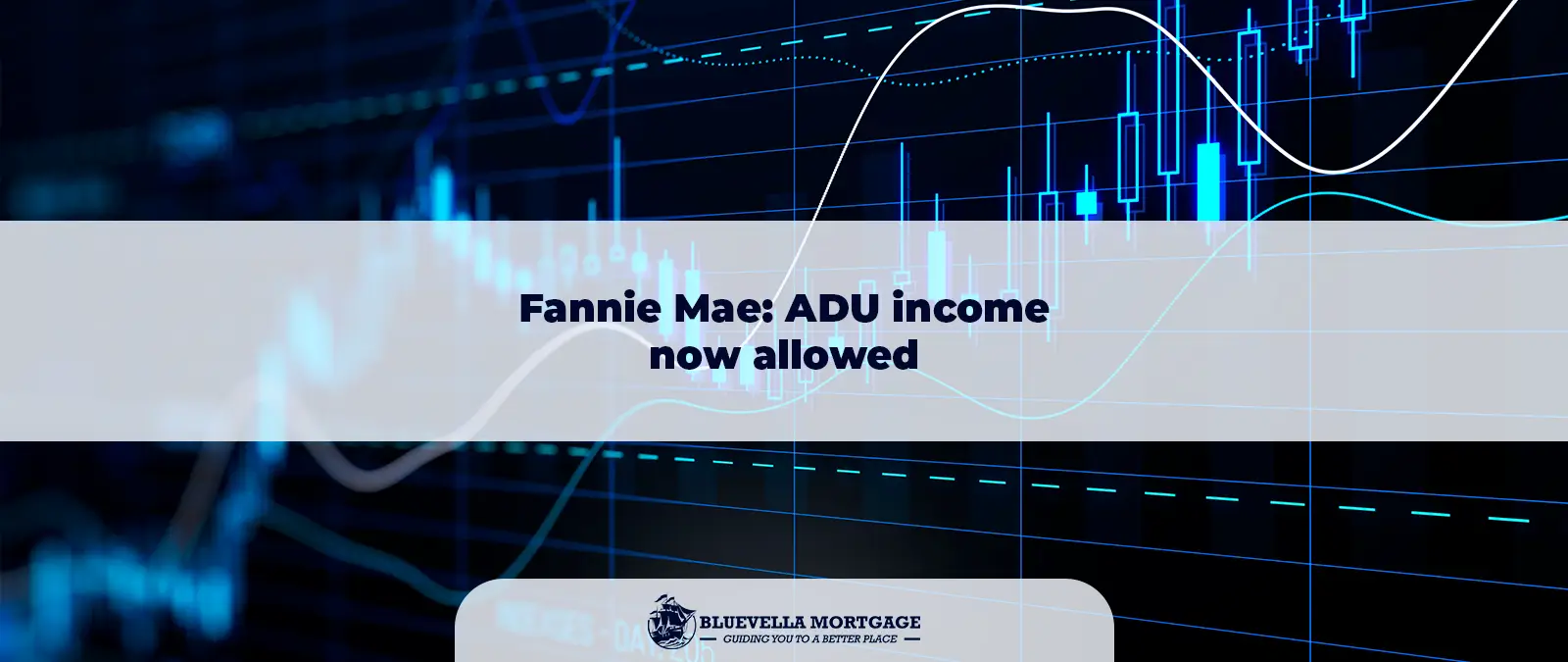Fannie Mae: ADU Income Now Allowed
Introduction to ADUs and Fannie Mae Accessory Dwelling Units...
Read MoreMortgage Rates Hold Steady: What to Expect This Week
Introduction to Mortgage Rates Mortgage rates are the interest...
Read MoreHomebuilders Slash Prices at the Highest Rate in 3 Years: What This Means for Buyers in 2025
Introduction to the Housing Market in 2025 The housing...
Read MoreNew Home Sales Surge in June 2025: A Look at the Impact of Lower Prices
Introduction to June 2025 Home Sales The housing market...
Read MoreMortgage Rates Hit Two-Week Lows in July 2025: What You Need to Know
Introduction to Current Mortgage Trends As of July 2025,...
Read MoreSearch
It is time to leave your slow, old-school, high-cost bank in the dust. Bluevella Mortgage is your future to homeownership.
What is a Planned Unit Development (PUD)?
A Planned Unit Development (PUD) is a design approach...
Read More2025 Conforming Loan Limits is $802,650
Conforming loan limits are a critical aspect of the...
Read MoreBank Statement Loans for Self-Employed Individuals
Bank statement mortgage loans have emerged as a tailored...
Read MoreApply for a Mortgage Loan Online
Apply for a Mortgage Loan Online In today’s fast-paced...
Read MoreGet A Home Loan With Flexible Credit Solution.
We are happy to guide you through the many options available for your home financing.
Unlocking the Power of Home Equity
Home equity represents the portion of a property’s value...
Read MoreFactors That Affect Mortgage Interest Rates
Mortgage interest rates are a crucial aspect of the...
Read MorePay Off Credit Cards with a Mortgage
Are you struggling with high-interest credit card (CC) debt?...
Read MoreWill Interest Rates Drop?
As the housing market continues to evolve, many homeowners...
Read More











